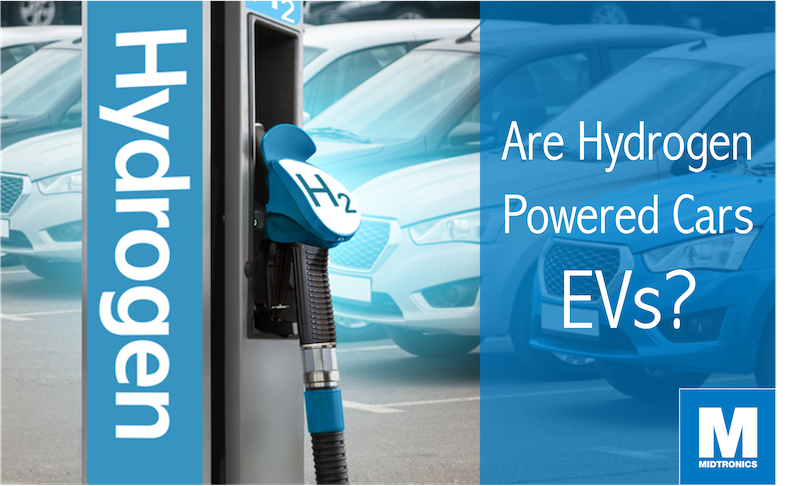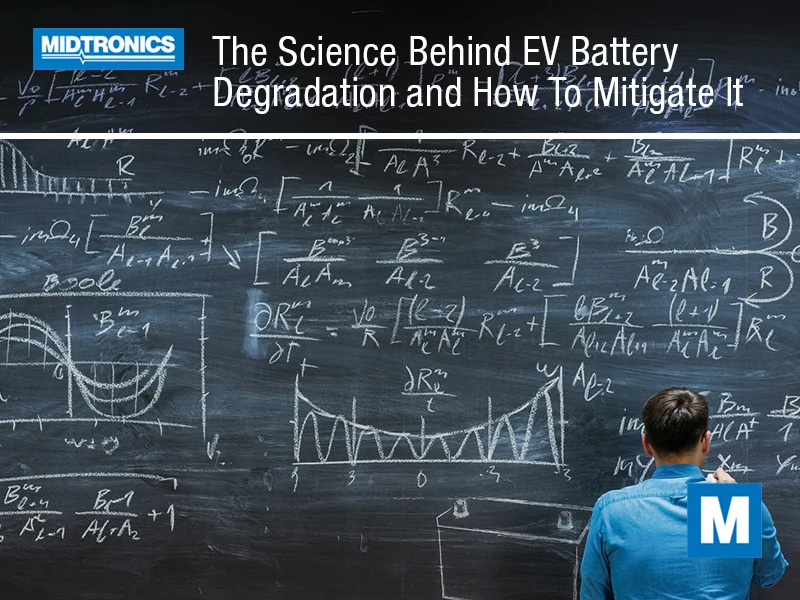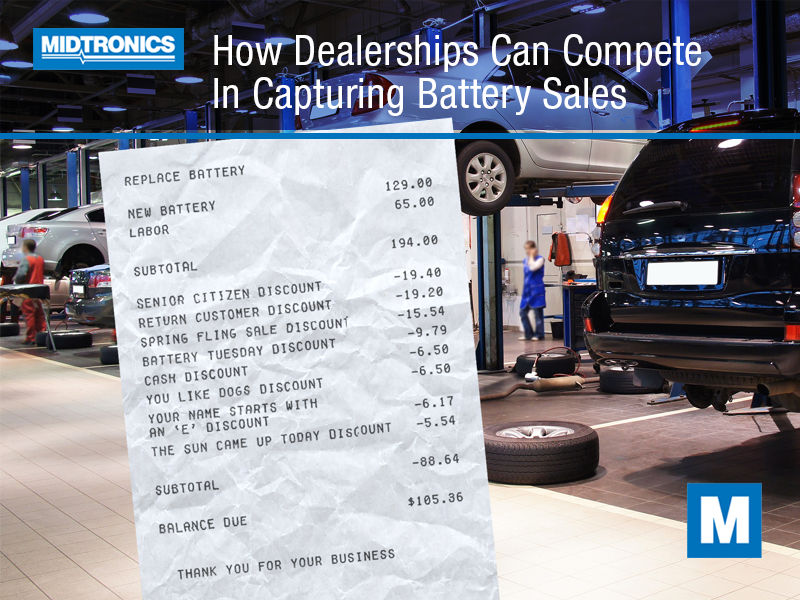A technological innovation from 1966 is starting to gain mainstream attention, more than 50 years later. Fuel cell electric vehicles, better known as FCVs or FCEVs, are hydrogen-powered vehicles that are an alternative to internal combustion engine vehicles that have significant environmental benefits compared to fossil fuels.
FCEVs can be confusing to understand. Are they fully electric? Do they burn hydrogen like an ICE engine burns gas? And what are the benefits and downfalls for fuel cell vehicles? Here’s what you should know.
Propelled by electric motors
Like the electric cars that are so commonly discussed today, FCEVs have electric motors that propel the car. Every carmaker has their own design for the electric motor’s location, and just like battery electric vehicles, the capability is present to equip one electric traction motor at each drive wheel, whether for front-wheel-drive, rear-wheel-drive, or all-wheel-drive operation.
Currently, the majority of the select few FCEVs in production, development, and concept stages are intended primarily for efficiency rather than high power. With a relatively small amount of hydrogen on board, passenger FCEVs are able to drive a range as far as 845 miles[JU2] , although the average range is about between 300 and 400 miles. Long-distance trucks can cover more ground – up to about 900 miles.
Creates its own electricity
The great differentiator between BEVs and FCEVs is how the electric motors are powered. For BEVs, a large, heavy battery is recharged by connecting to the grid. As you drive, the battery’s charge depletes and needs to be plugged into an electricity source to ‘refuel’. One of the challenges of a BEV is the amount of energy needed to overcome the additional battery pack weight, and they can be nearly 3,000 pounds in some cases.
An FCEV powers the electric motors in a different way. A fuel cell stack generates its own electricity on demand to propel the vehicle via the electric motors. It uses a combination of hydrogen and oxygen in the air to create electricity. The process is rather straightforward:
- High-capacity tanks store compressed hydrogen on board, much like a fuel tank would store gasoline or diesel.
- In the fuel stack, hydrogen protons are small enough to filter through the fuel cell membrane, separating them from the negatively charged electrons.
- The protons combine with oxygen to create pure water that’s expelled.
- The electrons continue on to generate an electric current.
- The electric powers the electric motor as well as the onboard systems required to operate the vehicle.
A very small amount of hydrogen is required to generate a continuous electrical current that can operate the car, which means that the ‘fuel’ it needs to carry is only a fraction the mass of an EV’s battery pack.
Is there stored electricity in an FCEV?
Since a fuel cell vehicle creates the energy it needs on demand, is there a need for a battery to store energy like an EV does? It depends on the manufacturer. Although select FCVs operate solely with on-demand electricity, most others have a supplemental battery pack in situations of high demand or as reserve power if the fuel cells run out of hydrogen.
Naturally, the battery pack is much smaller in an FCV since it’s not the main source of energy. You can expect it to be approximately 5 to 10% of the capacity and weight of a typical EV battery, and it takes up much less space in the chassis.
Along with the battery pack, a separate 12-volt battery operates much of the car’s body and safety systems, mirroring the design of an EV. A DC-DC converter keeps the 12-volt battery fully charged. Along with powering accessory systems, the 12-volt battery is used to start the car, initiating the fuel cell stack’s process.
Are hydrogen powered cars the future of driving?
If fuel cell electric vehicle technology has been around since the sixties, why has it taken so long to become mainstream? Could it really be the future of automotive? Keep in mind that electric cars have been around since before the 19th century, and it’s only in the past decade or so that they’ve really become widely accepted. But whether FCVs will ever reach the same scale of adoption is anyone’s guess. There are challenges that impede both the development and the public perception of hydrogen-powered technology.
First, there’s a safety concern. With any new technology, there’s skepticism about how safe hydrogen is in vehicles that can travel well in excess of 60 miles an hour. With hydrogen especially, the Hindenburg disaster can creep into some people’s minds. However, despite the flammability of hydrogen, it’s 16 times lighter than air, so if the fuel tanks were ever punctured, the gas would dissipate into the air almost instantaneously.
The other hurdle to overcome is distribution. Currently, there are less than five dozen hydrogen refueling stations nationwide, compared with more than 6,600 DC fast charging stations for electric cars and many, many more for fossil fuels. To make hydrogen power viable, a distribution network needs to be developed.
The third challenge is to produce hydrogen for fuel. It’s costly to produce hydrogen fuel, although researchers are constantly looking for ways to make it easier. Breakthroughs have occurred to split hydrogen from oxygen molecules in water, but scaling it to produce enough for a national or international network will take time and resources.
Conclusion
Hydrogen-powered fuel cell vehicles are electric vehicles that produce their own electric current rather than storing immense amounts of energy in a battery pack. They’re innovative, efficient, and clean, but there are challenges to adoption. Whether they become a mainstay in the automotive and transportation industries is yet to be seen, but it could solve some of the problems that BEVs present with shortages in materials along with the energy consumption to produce batteries.




